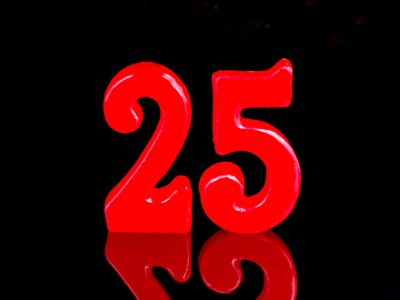
Ask the AI Tutor
Need help with Properties of Numbers (Year 5)? Ask our AI Tutor!
AI Tutor - Lucy
Connecting with Tutor...
Please wait while we establish connection

If you multiply 5 by itself, you get 25.
Properties of Numbers (Year 5)
In Year 5 Maths, pupils explore the properties of numbers, learning about factors, multiples, and prime numbers that make up the building blocks of mathematics.
1 .
Which number multiplied by itself gives 49?
3
6
5
7
Knowing your times tables will help you here
2 .
Which of these numbers is a multiple of 7?
15
22
35
37
35 is 5 x 7
3 .
How do we know that a number is a multiple of 4?
It ends in 2, 4 or 8
The last two digits are divisible by 4
It is also a multiple of 8
There is no way of knowing
We can ignore numbers in the 100s column as 100 is itself divisible by 4
4 .
What is 5 squared?
5
10
15
25
5 x 5 = 25
5 .
Which number has the factors of 1, 2, 4, 8 and 16?
8
16
24
36
Every number is a factor of itself as it is itself multiplied by 1
6 .
How many pairs of factors will give 12?
1
3
6
12
They are 1 x 12, 2 x 6 and 3 x 4
7 .
Which of these numbers is a multiple of 4?
5,698
2,463
4,441
2,548
We can easily work this out as 2,548 is the only number where the last 2 digits are divisible by 4
8 .
What is the square number of 6?
6
12
36
60
36 is 6 x 6
9 .
What is a factor?
A factor is a whole number that divides into another whole number
A factor is a whole number that can be divided by 6
A factor is a number that cannot be divided
A factor is the product when a number is multiplied by itself
For example, 3 and 2 are both factors of 6
10 .
What is a square number?
A number that can be divided by 4
A number that is a multiple of 6 and 7
The product when a number is multiplied by itself
A number that is written in a square
For example 3 x 3 = 9 therefore 9 is the square number of 3
**Unlimited Quizzes Await You! 🚀**
Hey there, quiz champ! 🌟 You've already tackled today's free questions.
Ready for more?
Ready for more?
🔓 Unlock UNLIMITED Quizzes and challenge yourself every day. But that's
not all...
not all...
🔥 As a Subscriber you can join our thrilling "Daily Streak" against other
quizzers. Try to win a coveted spot on our Hall of Fame Page.
quizzers. Try to win a coveted spot on our Hall of Fame Page.
Don't miss out! Join us now and keep the fun rolling. 🎉
**Unlimited Quizzes Await You! 🚀**
Hey there, quiz champ! 🌟 You've already tackled today's free questions. Ready for more?
🔓 Unlock UNLIMITED Quizzes and challenge yourself every day. But that's not all...
🔥 As a Subscriber you can join our thrilling "Daily Streak" against other quizzers. Try to win a coveted spot on our Hall of Fame Page.
Don't miss out! Join us now and keep the fun rolling. 🎉






